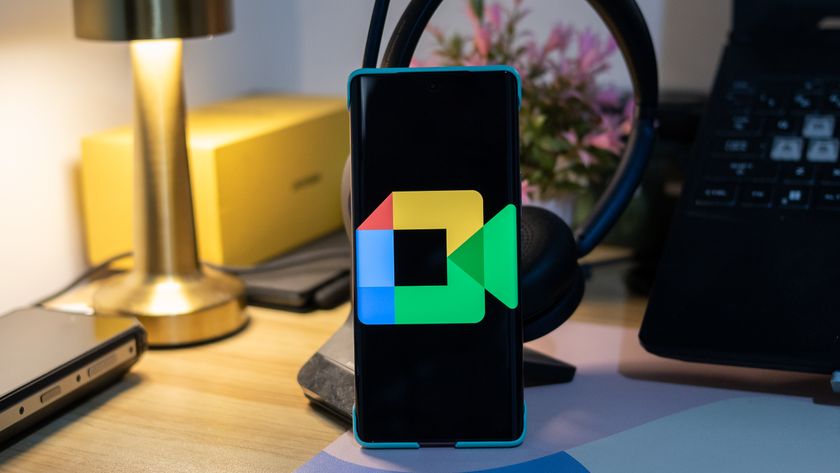I saw the future of advertising, and damn is it scary

The holy grail of advertising is creating a targeted message for specific individuals based on their shopping habits. The more information they have about you, the better they can offer you things they know you want. This is one of the biggest reasons your favorite retailers and restaurants offer loyalty cards. Join this membership program, and we'll occasionally send you coupons and make it so every purchase counts toward some small reward. That information can be used to predict your shopping habits, and build sales based on your unique shopping experience.
Today, you get those coupons and ads for things the advertisers think you want in paper or app notification form. At CES, I saw a demonstration of a seamless method of serving those same coupons and ads as you walk by digital posters. And for most people, it won't even be clear how or why this new form of advertising is even happening.
Welcome to your new Loyalty Card

The co-inventors of NFC, NXP Semiconductors, always have a huge display at CES every year. And for a good reason, a lot of what this company does is very much a "show, don't tell" experience. The future these people envision is largely amazing, I saw a demo of a fridge next to a gas pump that opened up when you paid for something from your phone, totally eliminating the need to run into the store to get a drink when you fill up your car. There was also a crazy new tamper-evident seal for things like super expensive bottles of alcohol, making it possible to tap your phone to the top of the bottle and instantly confirm the authenticity of the product as well as its integrity. Super cool things that are partially in the world already, and well designed from my time with it.
But then I was sent over to this digital sign on the wall. It looked like any other display I'd seen in Vegas this week, offering ads for different experiences around the city. When I got about five steps from the sign, it flickered and the information on the sign changed. Suddenly my name was on the board, in big bold letters, and it 100% was not there a moment ago.
There wasn't a ton of privacy-related information available. And there likely won't be, until we see this tech in the wild.
When I checked in to the NXP booth, they gave me a bracelet. That accessory, pictured above, had a special new UHF strip in it, which NXP had loaded up with information from my CES badge. The guy walking me through the demo stopped as I stared at the sign and says "now, imagine that UHF strip embedded in a loyalty card in your wallet. All of a sudden, you could walk by this sign and have ads targeted directly too you based on your shopping habits"! The sound of his excitement was drowned out by all of the giant red flags going off in my brain.
This UHF strip isn't really any bigger than an NFC token. Embedding it into a loyalty card so it was invisible would be a trivial thing. And it's not difficult to imagine a company not really advertising that it had changed its loyalty card with this new tech. Suddenly you have a card in your wallet with a unique identifier for you, connected to an loyalty account with your shopping habits at that store, and the ad network uses that information to serve you an ad specifically for you as you walk by the sign in the mall.
I had a dozen questions all at once. How is this information secured? Could someone with their own UHF transmitter capture this information without my knowing? What if I don't want to be served ads for a specific kind of product as I walk through the mall with my friends and family? How does the sign choose which ad to send me if I have multiple loyalty cards in my wallet? Is there any way to control how much information these cards share?
Be an expert in 5 minutes
Get the latest news from Android Central, your trusted companion in the world of Android
The guy at the NXP booth didn't have a lot of answers, for a couple of reasons. First, NXP just makes the hardware and this is just a prototype. An ad company is going to buy this tech and create partnerships with retailers largely without NXPs involvement. I was assured the data on the card was encrypted in transit from my wallet to the receiver, but there wasn't a ton of privacy-related information available. And there likely won't be, until we see this tech in the wild.
Tin foil alone isn't enough

Current countermeasures for this kind of invasive probing of your wallet aren't enough. When I stuffed the band into my NFC shielded wallet, the UHF reader picked up the tag with no problem. It's not difficult to imagine demos in the future of people cutting into their loyalty cards just enough to damage the UHF chip so it's not transmitting data in order to continue participating in the rewards part of the program when in the store. But it's a stopgap at best, these ad techniques are on the way and it's not going to be long before these displays are turned into some kind of game to help everyone become comfortable with this interactive experience all around them.
Put a UHF-enabled ad display near a Starbucks Pokestop in Pokemon Go, reminding people to check in at this stop and also grab the new Sunshine Unicorn Explosion Frapp. Also, if you share on Instagram with #UnicornBucks you get two additional points toward your next free drink!
Yeah, hard pass.



